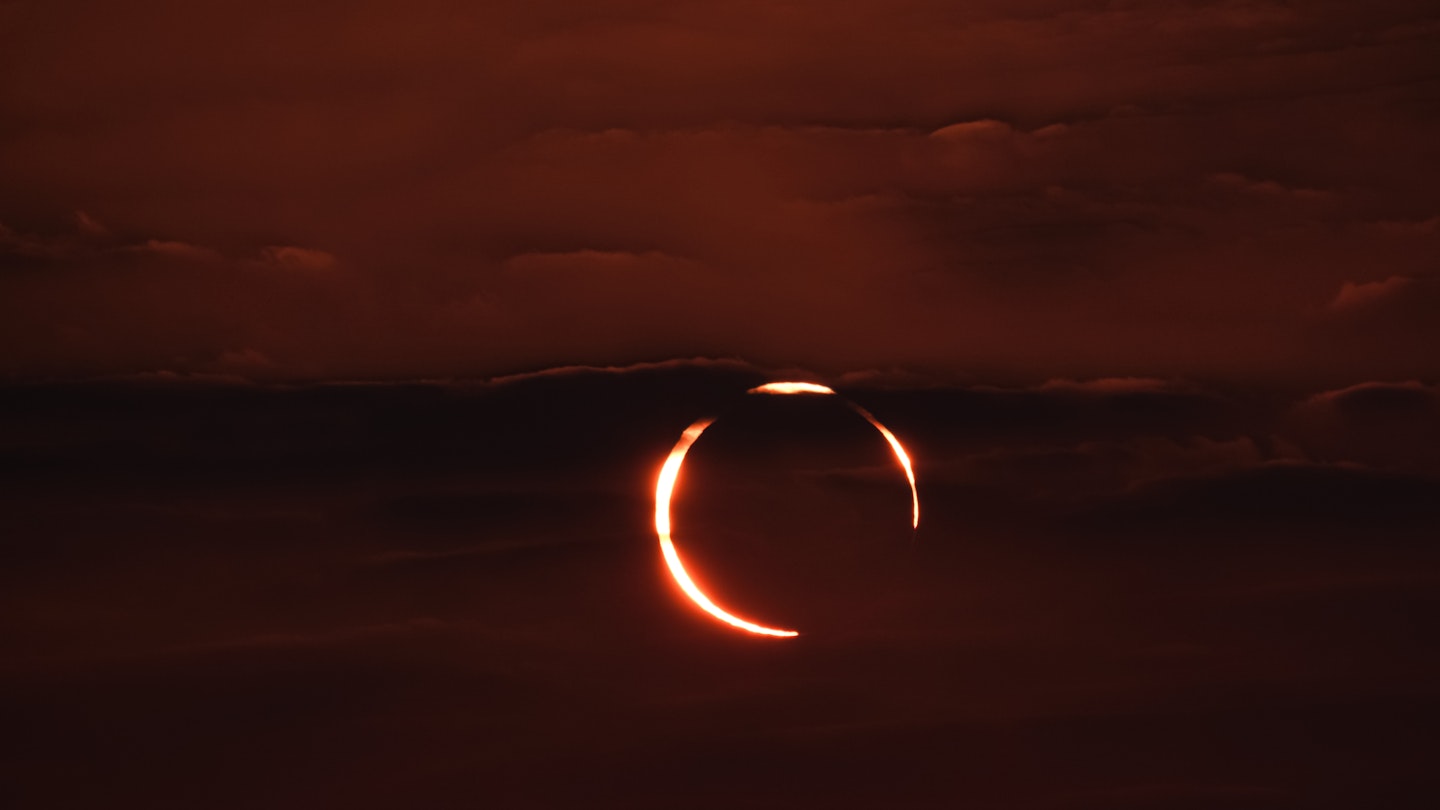Annular Solar Eclipse on June 21
On Sunday, June 21, parts of Africa, Asia, the Pacific, and the Indian Ocean—including northern India, China, and northern Australia—will have the opportunity to witness one of the world’s most breathtaking natural phenomena: an Annular Solar Eclipse, often described as a burning ring of fire.
An Annular Solar Eclipse occurs when the center of the Sun is covered by the Moon at its furthest point from the Earth in its orbit, resulting in glowing edges that form a mesmerizing “ring of fire”. A partial eclipse will also be visible from select countries. NASA has created a handy interactive map outlining the path of the Annular Solar Eclipse, illustrating where it will primarily be visible, while TimeandDate.com has provided a global outline of times.

The term annular derives from annulus, the Latin word meaning “ring”. This terminology highlights the moment of maximum coverage, which, although brief, is a captivating experience. In many locations, this annular eclipse will closely resemble a partial solar eclipse. Importantly, an annular eclipse can only occur during a New Moon, when the Sun and Moon are aligned with Earth on the opposite side of the Moon.
Moreover, the solstice will take place on June 20, marking the arrival of summer in the northern hemisphere and winter in the southern hemisphere. The Sun’s trajectory across the sky varies each day throughout the year, ascending or descending based on the season. The solstices in June and December are pivotal moments when this movement halts, causing the Sun’s path to change direction. As further explained by NASA Jet Propulsion Laboratory, this shift, along with the seasons themselves, is a result of Earth’s tilt while orbiting the Sun.
Following the current event, the next opportunity to witness a ring of fire Annular Solar Eclipse will occur in 2021, although visibility will be limited primarily to the Arctic region. Live streams are anticipated for this event via platforms such as TimeandDate.com and VirtualTelescope.eu.




